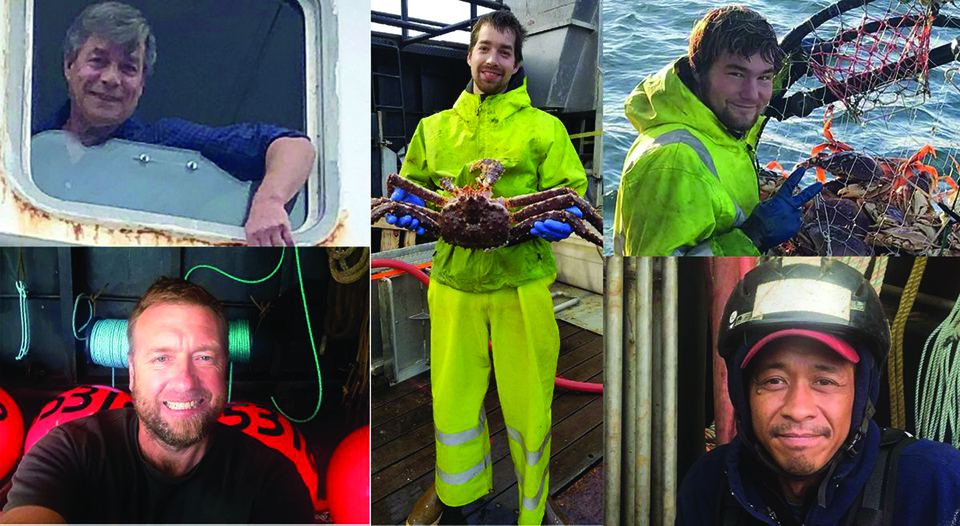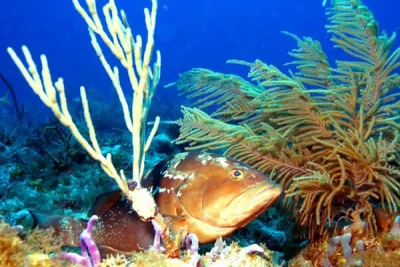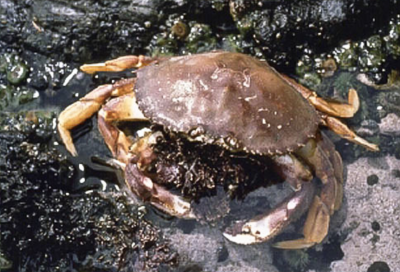Five lost in 45-knot winds, heavy freezing spray southeast of Kodiak, Alaska
The Coast Guard and National Transportation Safety Board launched an investigation into the New Year’s Eve capsize and sinking of the Scandies Rose, a veteran of Alaska’s Bering Sea crab fishery and the worst accident there since the 2017 loss of the Destination.
Five were lost with the Scandies Rose: longtime captain Gary Cobban Jr., 60; his son, David Cobban, 30; Seth Rosseau-Gano, 31; Arthur Ganacias, 50; and Brock Rainey, 47.
Two survivors, John Lawler and Dean Gribble Jr., made it into survival suits and a life raft, where the crew of a Coast Guard MH-60 Jayhawk helicopter found them near Sutwick Island off the Alaska Peninsula.
Coast Guard investigation daily briefings >>
Built in Alabama in 1978, the 130-foot Scandies Rose was heading out Dec. 31 to start the Bering Sea crabbing season. Around 10 p.m. Coast Guard watchstanders got a mayday call from the vessel, and the Kodiak command center launched the helicopter and another aircraft to search around the reported location 170 miles southwest of Kodiak.
Winds were 45 knots and seas up to 20 feet, according to the Coast Guard, with heavy freezing spray in the marine forecast.
Gribble and Lawler were located and lifted from their raft by the helicopter crew around five hours after the sinking. Gribble, a 20-year industry veteran who has been featured on the Discovery Channel’s “Deadliest Catch” series, is a prolific poster of fishing videos to YouTube. On Jan. 2 he uploaded a brief snippet explaining what he saw.
On Dec. 31, “we just started listing really hard on the starboard side,” said Gribble, who said the Scandies Rose had been icing in the severe conditions. “From sleeping to swimming was about 10 minutes.
“It happened really fast. Everybody was trying, everybody was trying to get out, everybody was trying to do everything they could, and it was just a really shitty situation.
“We’re in 20-foot seas, it’s blowing 40, icing conditions, worst possible conditions,” he said. “I’ve fished for 20 years, I know you do not make it. Everybody can die in those situations, and I knew that was what we were going into.”
“We were in the raft for like five hours or so. Our EPIRB didn’t go off, so that sucked,” said Gribble, who alluded to problems with other safety equipment.
The locator light atop their raft failed, but a second raft that deployed automatically still had its light on nearby. When the Coast Guard air crew arrived, the rescue swimmer checked the empty raft first, and then spotted a flashlight the men waved from their raft.
“I just wish the other guys had made it,” he added. “I feel bad that I’m here and they’re not.”
The Anchorage Daily News reported that Cobban had called his ex-girlfriend Jeri Lynn Smith in North Carolina about two hours before the sinking to wish her a happy new year. Cobban said the Scandies Rose was icing and proceeding underway with a list.
“He didn’t sound scared,” Smith told the newspaper. “The boat ices. The boat ices every winter. It’s just something they deal with. I didn’t worry about it.”
Remembering the Destination
Inevitably, the Scandies Rose sinking will bring comparisons to the Destination, a 110-foot Bering Sea crab vessel that went down suddenly in icing conditions on Feb. 11, 2017, with the loss of its entire six-man crew.
“Whatever happened, happened very quickly,” NTSB spokesman Chris O’Neill said when the agency released its accident report on the Destination a year later. “And there’s no one left to tell their story.”
The NTSB and a Coast Guard marine board of investigation jointly studied available evidence around the Destination, including weather data around the days of its last voyage. The investigators found the vessel, loaded with 200 crab pots on deck, was likely subjected to increased icing during most of the 23 hours before it sank after leaving the lee of St. George Island just before 6:10 a.m., with northeast winds of 23 knots and 8.4-foot seas on its starboard beam.
No mayday call came from the Destination, and AIS data reviewed by investigators showed the vessel pivoted dramatically to starboard, its speed falling from 8 knots to 2 knots. That led investigators to believe the vessel capsized and sank at that point.
As the new investigation into the Scandies Rose geared up, friends and families organized memorials.
On Jan. 16 the 156-foot Alaska state patrol vessel Stimson arrived at the site of the Scandies Rose sinking, searching for any debris from the wreck to help in the investigation. State troopers onboard carried red roses for the families, bearing ribbons with the name of each lost crew member, to cast on the waves.
On a Facebook memorial page, the Cobban family announced plans for a memorial to be held in Kodiak May 24.
“The day will begin with the Fisherman’s Memorial where we will add Dad, Gary Cobban Sr., and the entire missing crew of the Scandies Rose to the Memorial Wall: Gary Cobban Jr., David Cobban, Art Ganacias, Brock Rainey, and Seth Rousseau-Gano. The Fleet Parade will follow,” the family wrote.
“At the end of the Blessing of the Fleet, out in deep water, a wreath carrying all the names and blessings of our loved ones will be set upon the waves. The Memorial will happen after.”
Clockwise from top left: captain Gary Cobban Jr., David Cobban, Seth Rousseau-Gano, Arthur Ganacias, Brock Rainey. Scandies Rose Facebook page







